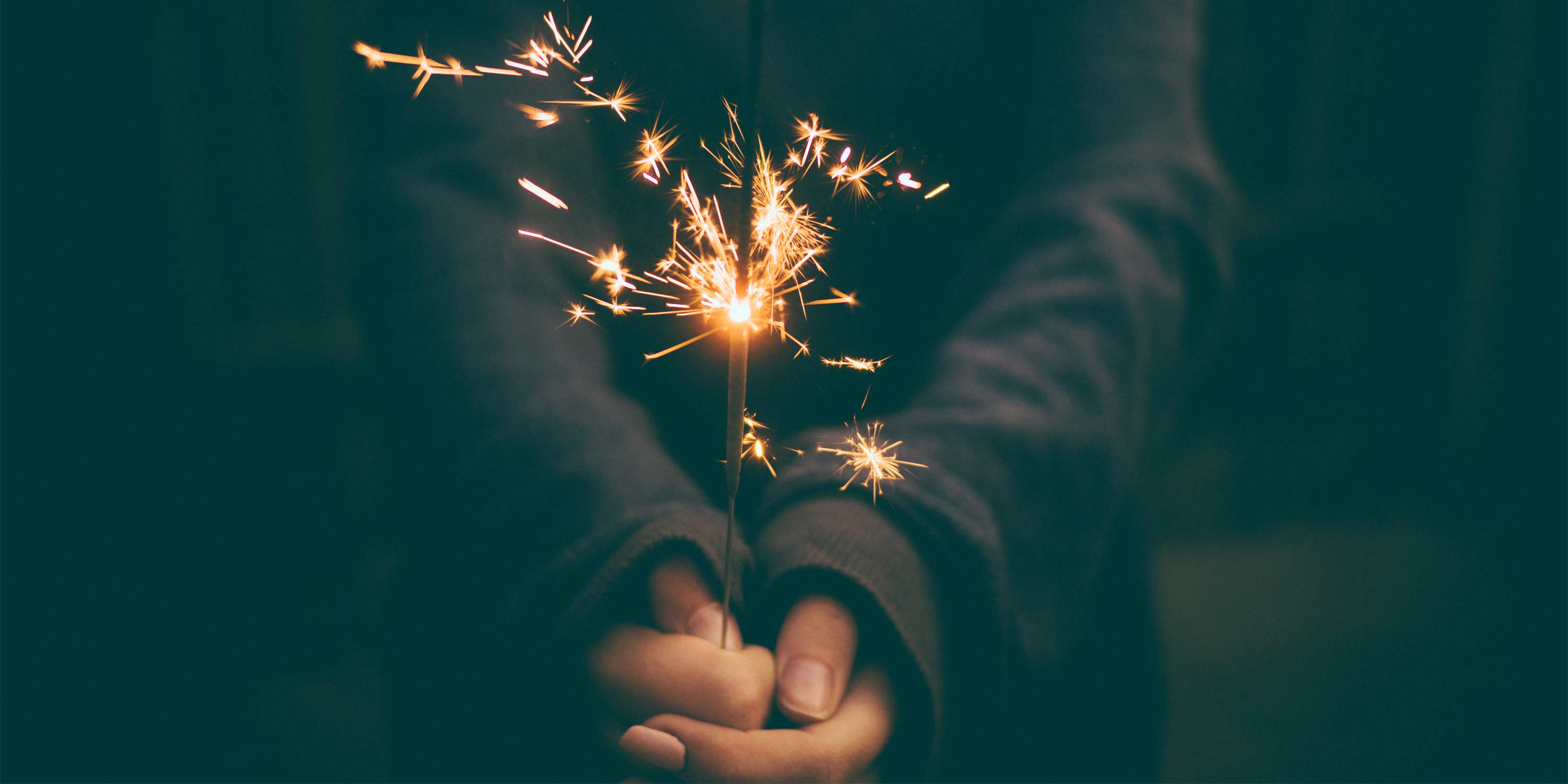Ritual Project

Brief
For this project, you will be designing a ritual and producing a prototype for a mobile app that would support the ritual in some way.
A ritual is a designed experience that combines habits and routine with symbolism, ultimately producing an event or moment that has meaning. Rituals are intended to be specially-designed events that provide opportunities for reflection, celebration, connectivity, behavioral nudging, focus, reinforcement, and more. An example of a small or humble ritual could be a group of friends who have lunch together every week or a busy professional who writes reflective journal entries at the end of the day. Larger, more prestigious rituals include graduation ceremonies, weddings, and organized sporting events like football and baseball. Small rituals tend to not require many resources, are relatively inexpensive, and occur more frequently than larger rituals, some of which may only be experienced once in a lifetime.
A ritual is an interesting design problem because it is produced for the purpose of disrupting the flow of everyday concerns to bring about new perspective. This is counter to the way we typically think about design – as something that you wouldn't notice if it is done well.
Philosopher Alison Gopnik writes that "passing on rituals seems to be as important in cultural evolution as passing on technologies. In fact, you might argue that rituals are technologies. But they're social technologies instead of physical ones."
In her book The Gardener and the Carpenter, Gopnik describes how rituals relate to identity:
"Human beings engage in rituals, from Sunday morning football to afternoon tea service to midnight mass. Rituals are actions that make little sense by themselves but serve important social functions. By performing very specific actions in a highly prescribed way, you can identify who you are or what group you belong to.
In fact, you can actually become a different kind of person by engaging in the right ritual. I became a wife by doing a bunch of elaborate things with rings and wearing a funny dress; I became a Ph.D. by walking slowly down a long aisle in an impressive Christoper Wren building in Oxford and being tapped on the head by a man in a funny dress. (Funny dresses seem to play and especially important role in rituals.)
The whole point of rituals is that they don't make ordinary casual sense. They are potent precisely because they're divorced from ordinary principles of efficiency... (I once made the grave mistake of attending a Japanese tea ceremony when I was thirsty and wanted tea—the ritualized beauty of the proceedings is much easier to appreciate when you're not counting on a useful causal outcome.)"
Designing a ritual
This project asks you to go through a variety of design phases. The first discovery phase asks you to conduct and interview. From there, you will pull out themes, develop a "How might we" question, develop ideas as a group, create and test prototypes, and produce a final fully interactive app proposal. Solutions to this project brief should not be literal solutions for solving your interviewees problems, but rather experimental rituals that ask or nudge people to change their behavior in some way, and creatively explore the themes identified in the interview.
What not to do
When you go through the research process, it may be tempting to design for a direct, literal problem. For instance, you may hear from your interviewee that they have trouble dealing with time management or remembering to get certain tasks done. Your first instinct would be to solve this issue by designing a todo list or calendar tool. However, a quick Internet search will reveal many todo and calendar tools, and unless you are planning a radical shift in how those particular tools function, it makes sense to approach the problem from a different perspective. By trying to gain insight into the behavior of your interview subject, you can come up with novel ritual ideas that seek to create new types of behavior.
Your project must contain elements of novelty and does NOT need to solve a literal problem. Please avoid calendar and todo list design solutions for this project.
Inspiration
- Somebody App
- Ritual Design Lab
- See Wade Davis TED Talk on ritual and what makes us human. (19:08)
https://www.ted.com/talks/wade_davis_on_the_worldwide_web_of_belief_and_ritual
Medium articles:
- Can we design rituals to improve orgs’ culture?
- The 3 most unconventional designers of 21st century — starting with Design shaman
Previous student work
"Signly" by Daniel Bershefsky, 2017: Download (10MB)
Materials and tools
- Camera or scanner (a smartphone camera is fine)
- InVisionApp account: Visit https://www.invisionapp.com/education-signup to get a free education account. Use this activation code: 56-73-13-19
- Graph paper
- Pens, pencils, markers
- Scissors
- Post-It notes
Requirements
- Develop interactive wireframe screens for an app that supports a ritual using prescribed software.
- Keep the mockup "low fidelity". You may develop a logo and branding, but do not spend significant time on developing graphics. It should feel like a paper prototype. No prior software skills are necessary, though you may already be familiar with software design tools like Photoshop, xD, Sketch, or Figma,
- Create only black and white wireframes. Do not make aesthetic decisions like color and typography for this project.
- Avoid developing calendars and todo apps. Imagine creative, novel ideas to create a symbolic experience for your subject.
- Take good quality photos/scans of your designs. Text should be legible and free of harsh shadows, glare, etc.